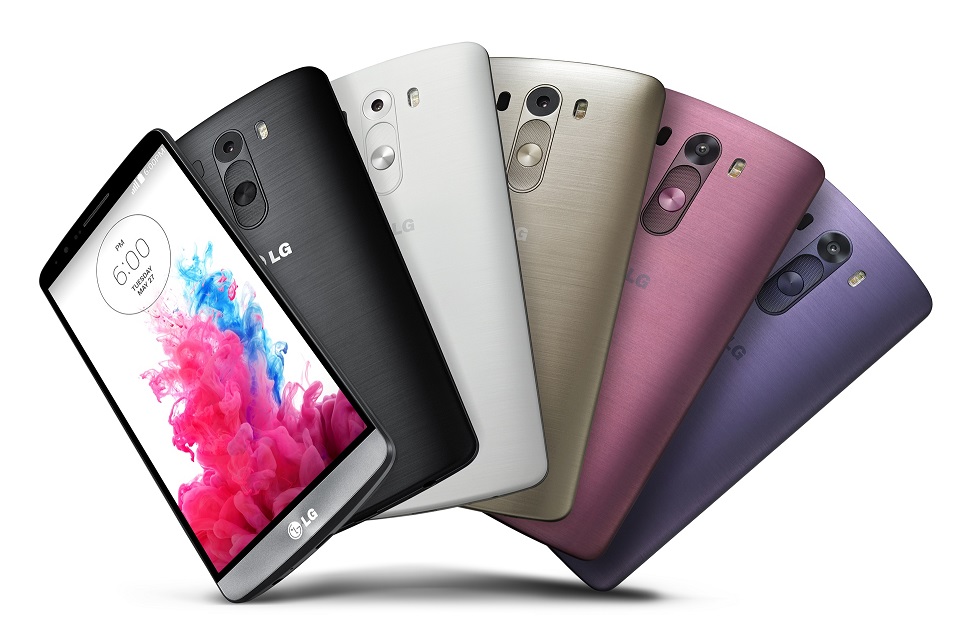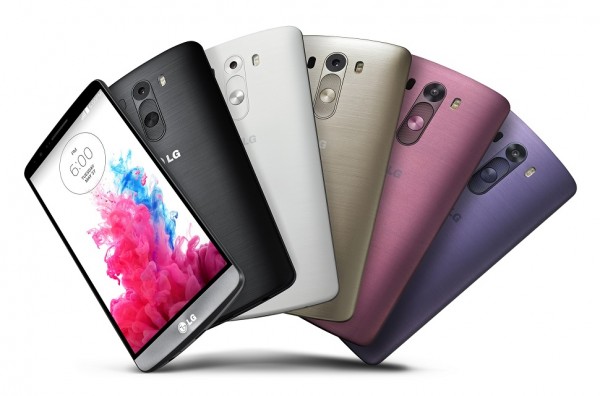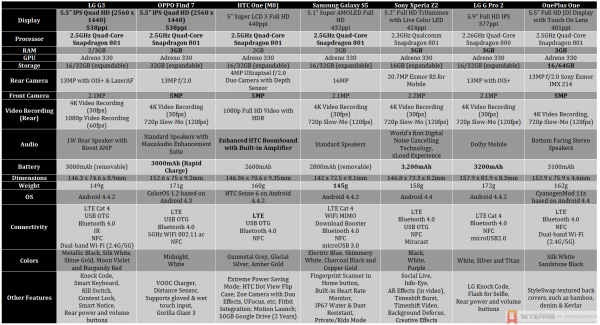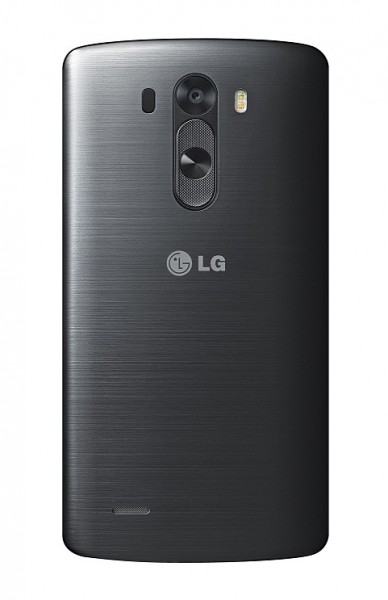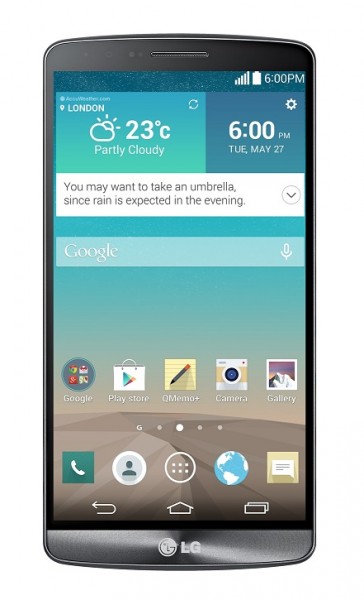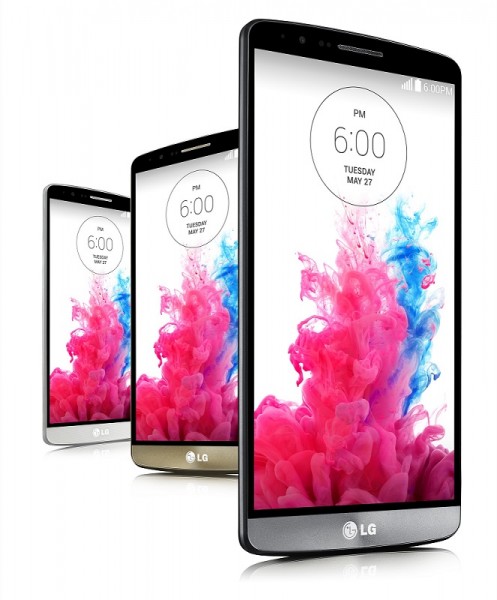Earlier, South Koeran giants LG finally unveiled is 2014 flagship smartphone, the G3. The successor to one of 2013’s most underrated smartphones, the G3 packs the highest-end hardware and gorgeous design in a move that will surely make the competition take notice. After all, LG has played second fiddle to another Korean company, Samsung, in the mobile industry for a long time now. Just like HTC, LG remains one of the less popular established smartphone brands in the market despite making some seriously good phones.
Could the G3 spark the start of a change? It all boils down to several key factors, and one of the easiest markers is in the hardware. Let’s take a look at how the LG G3 matches up against the Samsung Galaxy S5, HTC One M8, Sony Xperia Z2, its larger brother the G Pro 2, and the Chinese upstarts, the Oppo Find 7 and the OnePlus One.
As the table above demonstrates, the LG G3 is easily one of the top Android flagships around. With the exception of the G Pro 2, all of the other Android flagships pack Qualcomm’s Snapdragon 801 chipset, though the Xperia Z2 opts for the slower-clocked variant. Given that the Oppo Find 7 is still not available even in China, the G3 may actually be the first Android smartphone outside of China that sports a super sharp 2K (2560 x 1440) display. Also, the G3 will be available in two variants: 2GB RAM/16GB storage and 3GB RAM/32GB storage, and both will support up to 128GB microSD cards.
https://www.youtube.com/watch?v=Yk3L9yJ467w
What will always be a key differentiator among Android smartphones is with the camera. It is easily the one area where companies try out various techniques to achieve superior imaging performance, both in normal and especially in low-light conditions. With the G3, LG has opted for a laser autofocus system, a feature more common with larger cameras – and a first for smartphones. In its official launch event, LG compared the autofocus speeds of both the G3 and the Samsung Galaxy S5 (which features a phase-detect autofocus system – another feature commonly found in larger cameras); the G3 managed to lock focus so very slightly faster each time.
The G2 was touted by many as having one of the best OIS systems on any smartphone, and with the G Pro 2, LG introduced OIS+ which the company claims performs up to 20% better. This same system is present in the LG G3, hence making the G3’s camera one of the most exciting aspects that many would want to try out.
In terms of hardware, there is little to separate the LG G3 from its contemporaries. LG has consistently demonstrated that it can make some really good phones (the Nexus 4 & 5 comes to mind along with the G2), and it has now also appear to be committed in shipping its products with the latest version of Android with the promise of consistent updates in the future.
All it needs now is to start making itself known to more people around the world. In an industry dominated by Samsung’s billions of marketing dollars, this may be hard to achieve, but as Xiaomi has easily demonstrated, sometimes successfully marketing a product does not equate to how much you spend to promote it. On top of that, its distribution channels must improve too. With a global launch in six cities worldwide, and over 170 carriers on board, it could be that LG is finally on track to really stamp its mark starting with the G3.
Follow us on Instagram, Facebook, Twitter or Telegram for more updates and breaking news.


